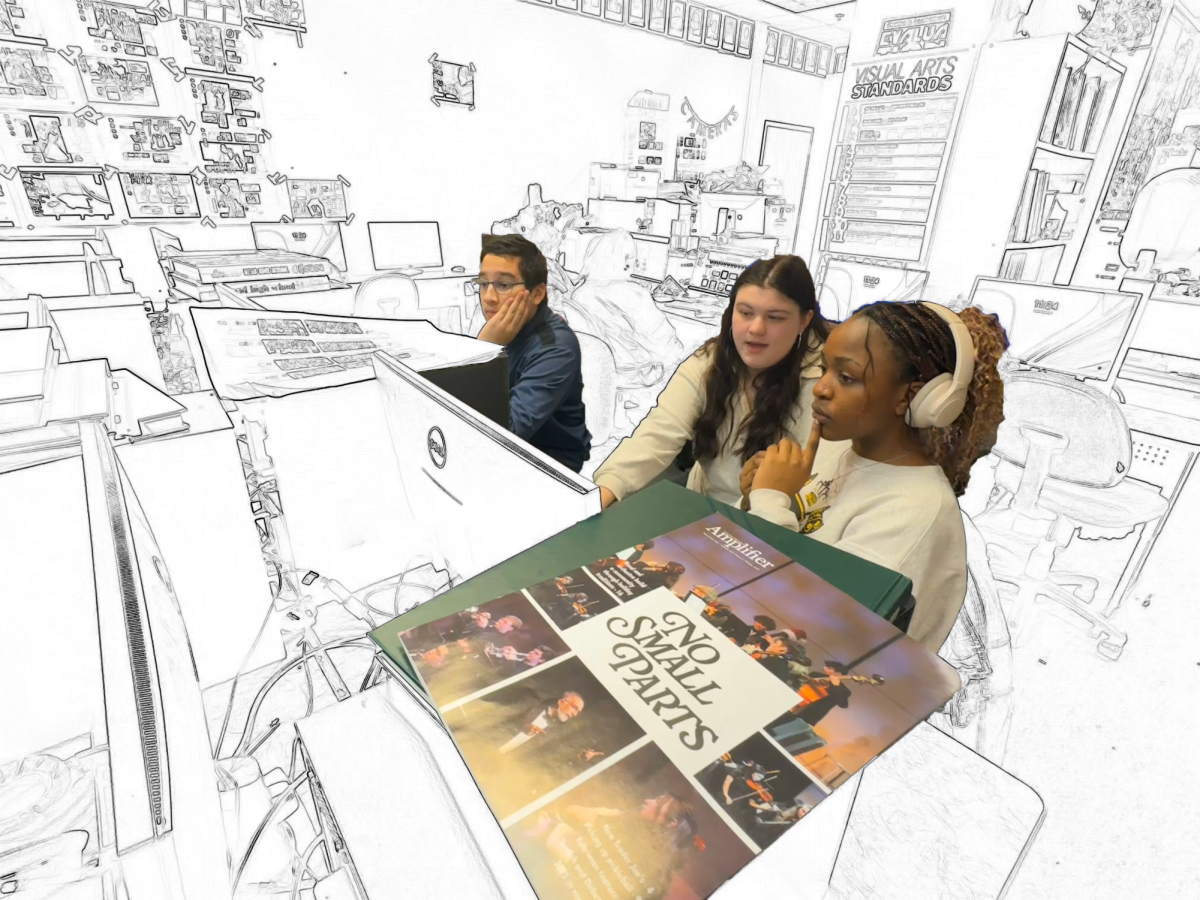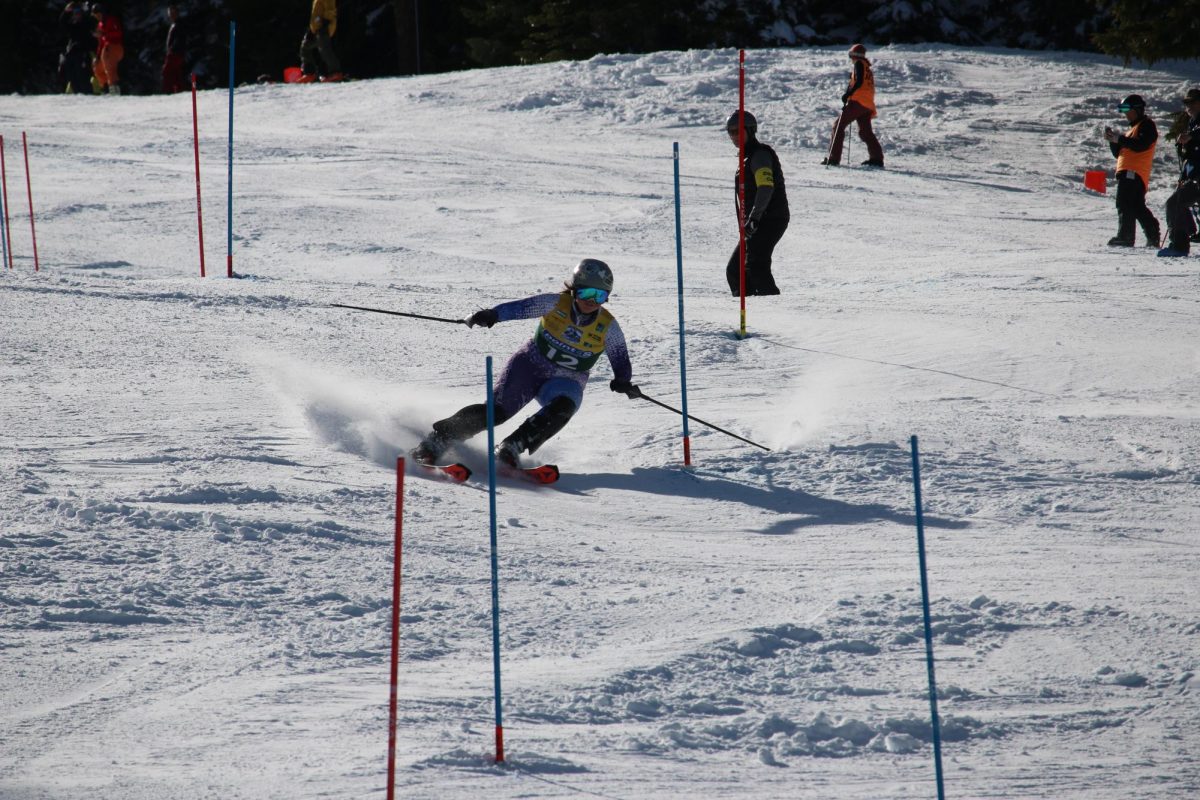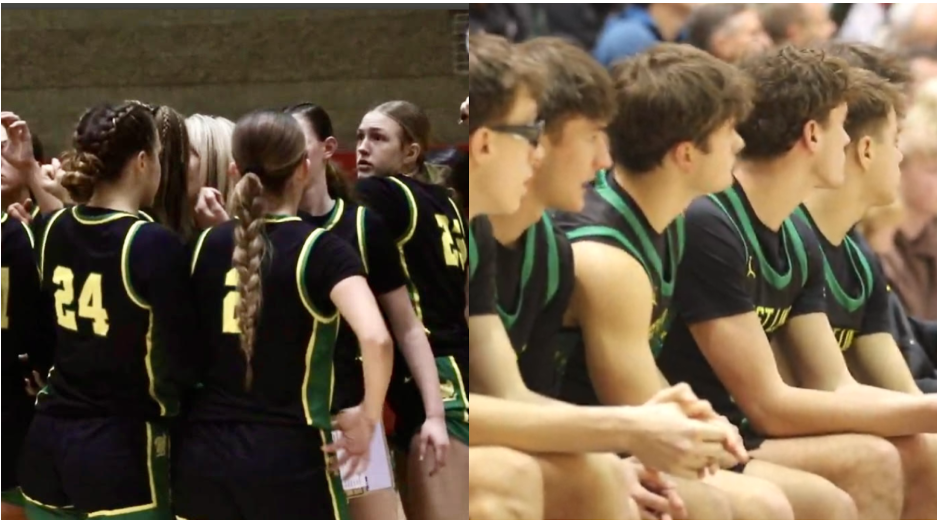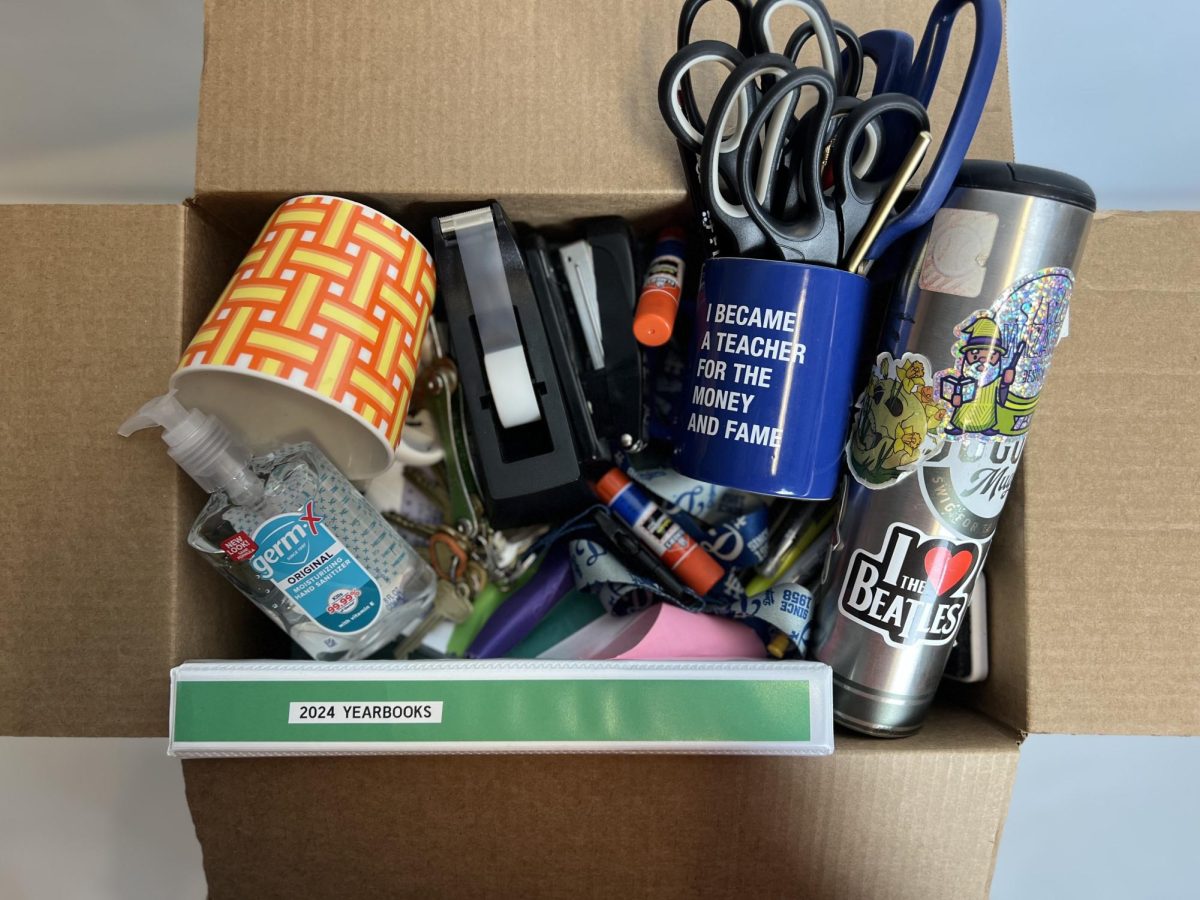Spain is said to be a jewel in the ring of the Mediterranean. For up to 15 students and Spanish teacher Mary Klick, there is an opportunity to travel to six cities, including Madrid, Barcelona, Málaga and Córdoba.
Students joining the tour will visit many major tourist attractions, including the thousand-year-old mosque of Córdoba, the Alhambra Palace and several cathedrals. Each sight is very popular, averaging around 5,000 visitors a day. They will participate in activities such as an art workshop and meeting with native Spanish students.
“Leaving the bubble of West Linn itself is huge,” Jonathan Peachey, Spanish teacher, said. Traveling to Spain helps students to develop a passion for the language and requires them to step outside of their comfort zone and take a risk, according to Peachey.
Among other things, lessons on Spanish history will be offered. Sites selected are viewed as significant roots to history. They symbolize occurrences that have forever changed Spain. However, these teachings may not be the only educational aspects this trip has to offer.
“It’s really good for [students] to be able to experience a rich culture,” Peachey said. He speaks of a thrill not only for speaking Spanish, but also experiencing its unique culture. Some may consider West Linn culture to be vastly different from European customs. Peachey considers this comparison a “night and day difference.”
Klick has similar views on the culture of Spain.
“You get a taste for what other cultures are like,” Klick said. “It gives you a new appreciation for the United States.”
In Klick’s view, being immersed into other cultures is helpful in understanding differences. One may also become aware of countries other than his or her own.
Not only does Spain offer new things to students, but they may apply to what they have learned in class as well. “You actually get to see firsthand what you’ve read about and talked about,” Klick said.
Peachey also said that when taking one of these trips, students experience Spain rather than learning about it in a classroom.
“You’re doing, not just being told,” Peachey said.
While in Spain, students will not be monitored around the clock. They will be given three hours of free time each afternoon apart from tours and activities.
Students will be lead by a tour director who will lead all activities and interactions. Several local tour guides will also show participants around cities and detail the attractions.
To some, 11 days for travel in Spain is not sufficient. “You just don’t have time to see everything,” Klick said. “It’s a beginning.”
Because students are not offered lunch every day and may wish to purchase souvenirs, they should bring spending cash. There must be at least six students signed up for the trip in order for it to happen. The desired amount of participants is 12. The total cost of the trip is around 3500 dollars for each participant.
Both Peachey and Klick encourage students to join. “When you travel, you not only learn about the culture of where you’re visiting,” Klick said. “You also learn more about yourself.”
For more information on the trip next spring, see Klick in D202.












































































































![Reaching out. Christopher Lesh, student at Central Catholic High School, serves ice cream during the event on March 2, 2025, at the Portland waterfront. Central Catholic was just one of the schools that sent student volunteers out to cook, prepare, dish, and serve food. Interact club’s co-president Rachel Gerber, junior, plated the food during the event. “I like how direct the contact is,” Gerber said. “You’re there [and] you’re just doing something good. It’s simple, it’s easy, you can feel good about it.”](https://wlhsnow.com/wp-content/uploads/2025/03/interact-1-edited-1200x744.jpg)


